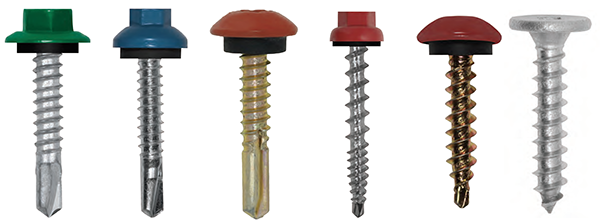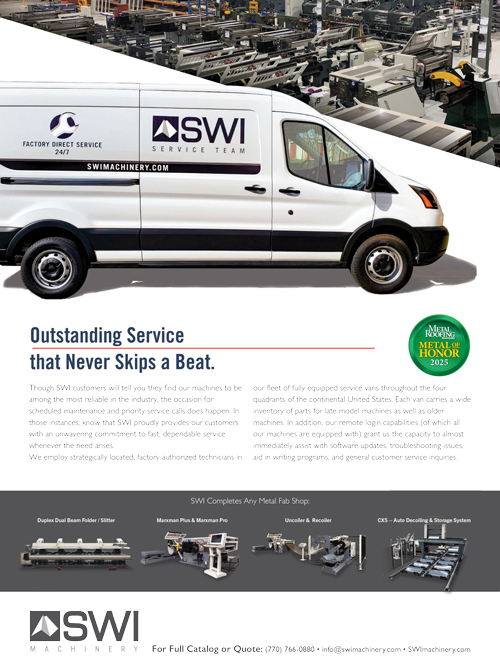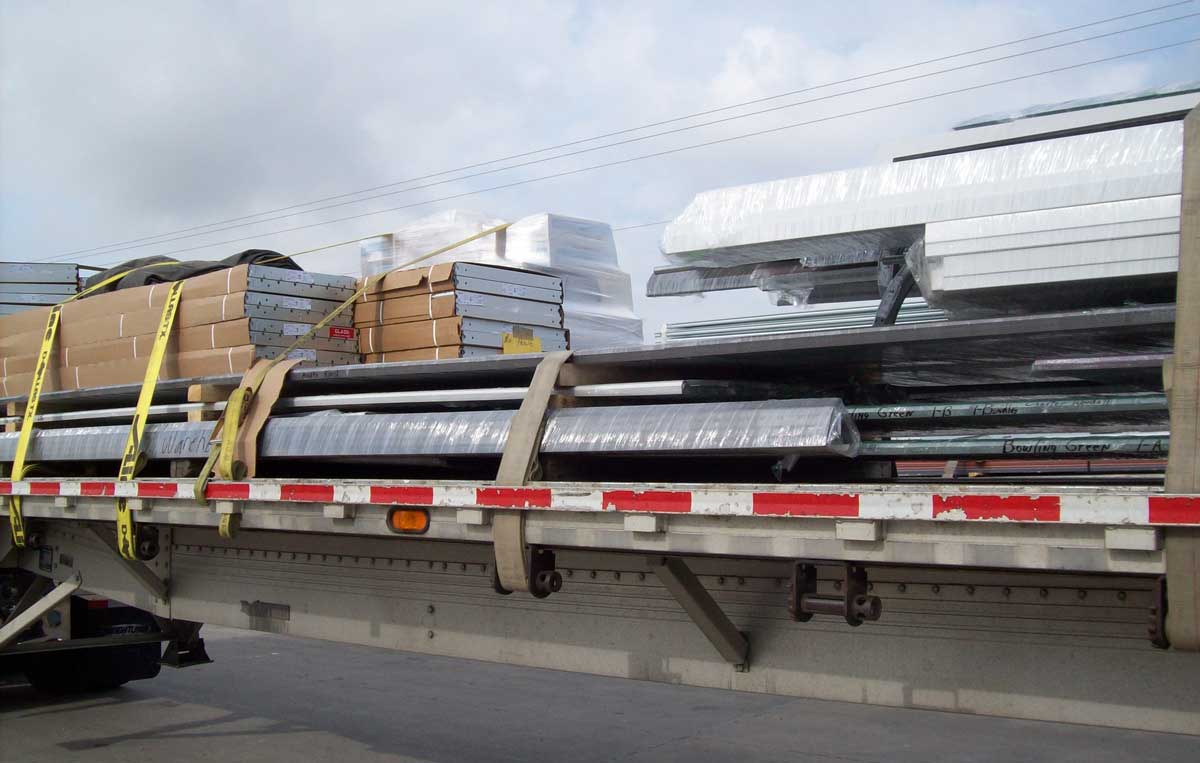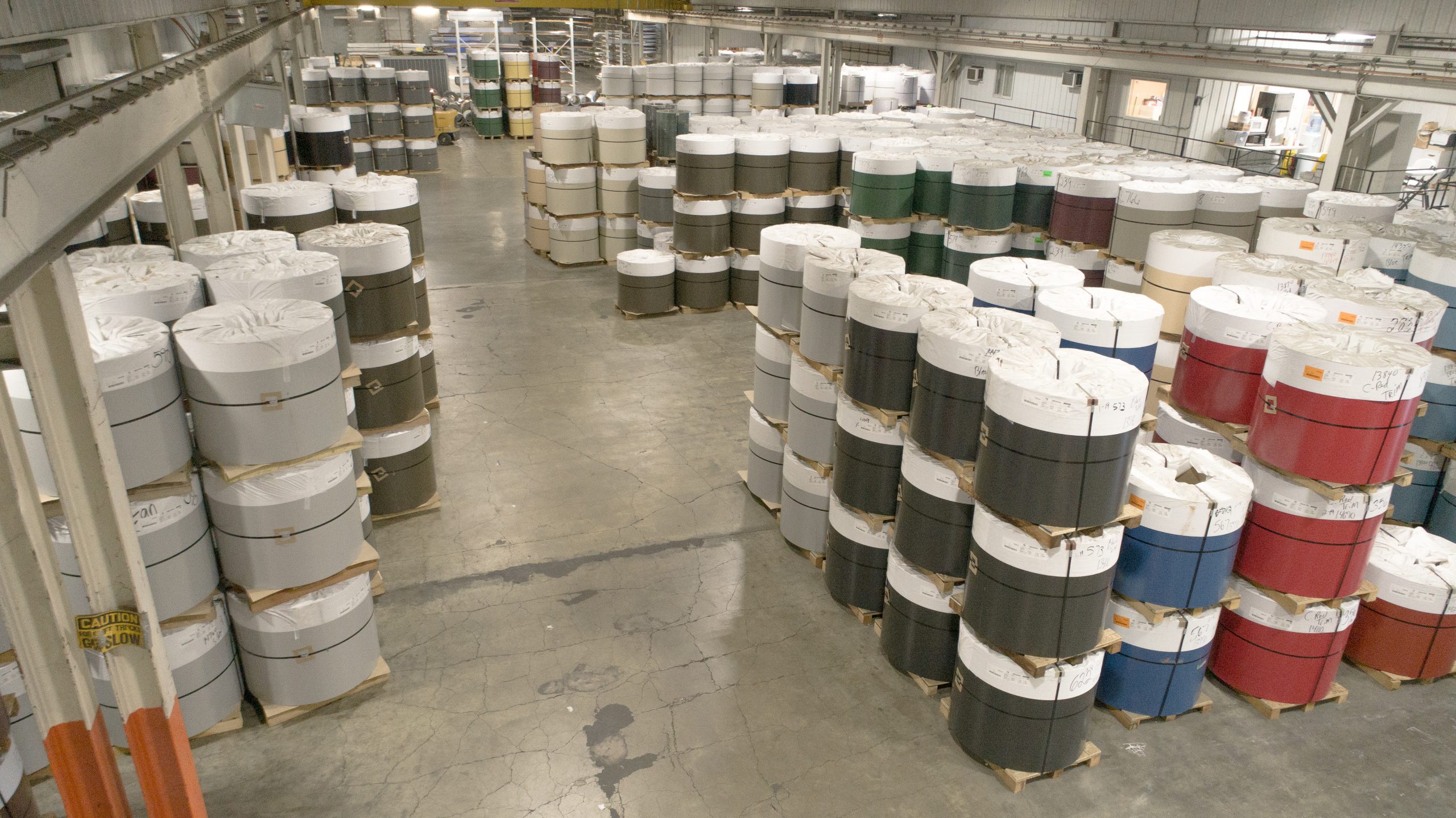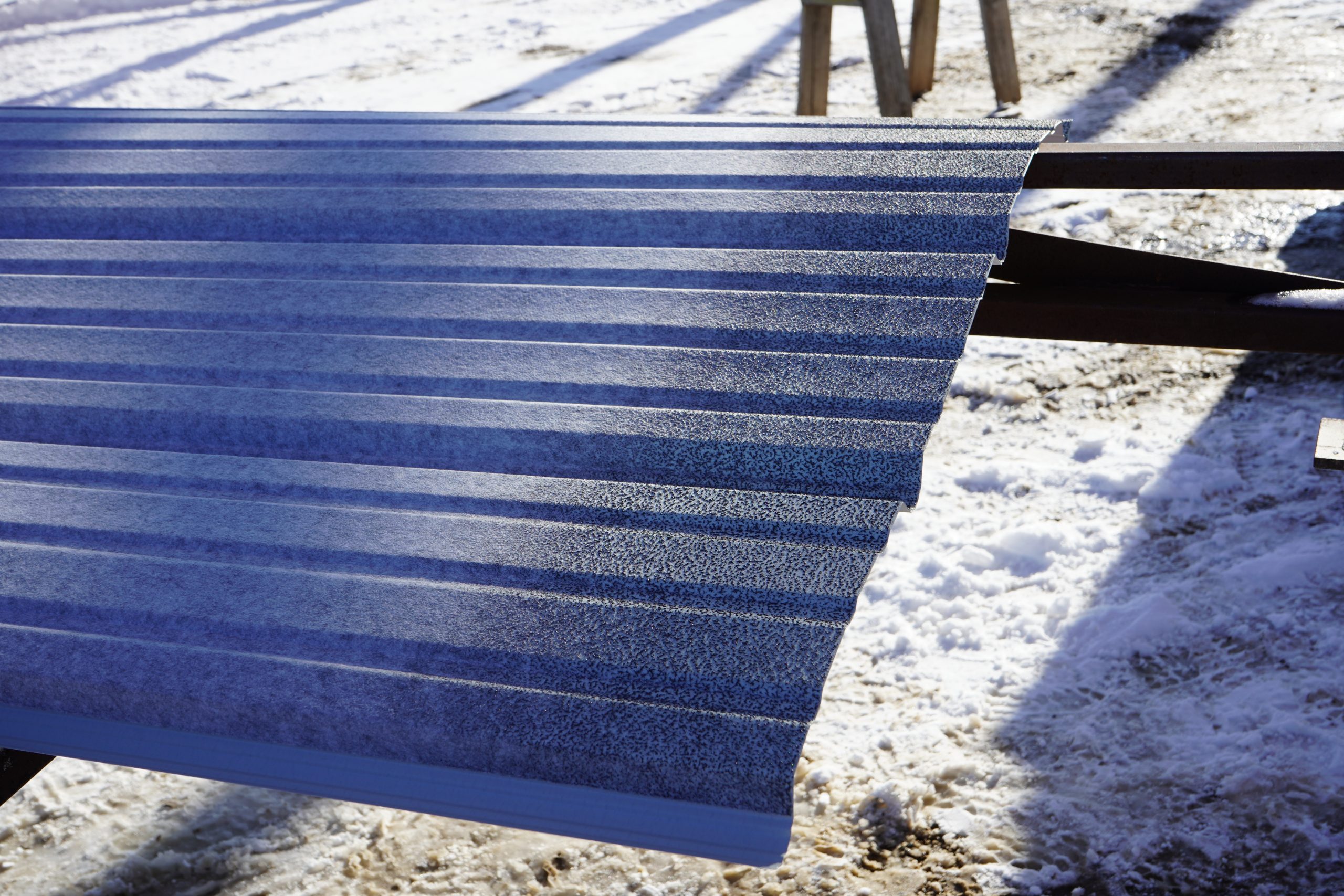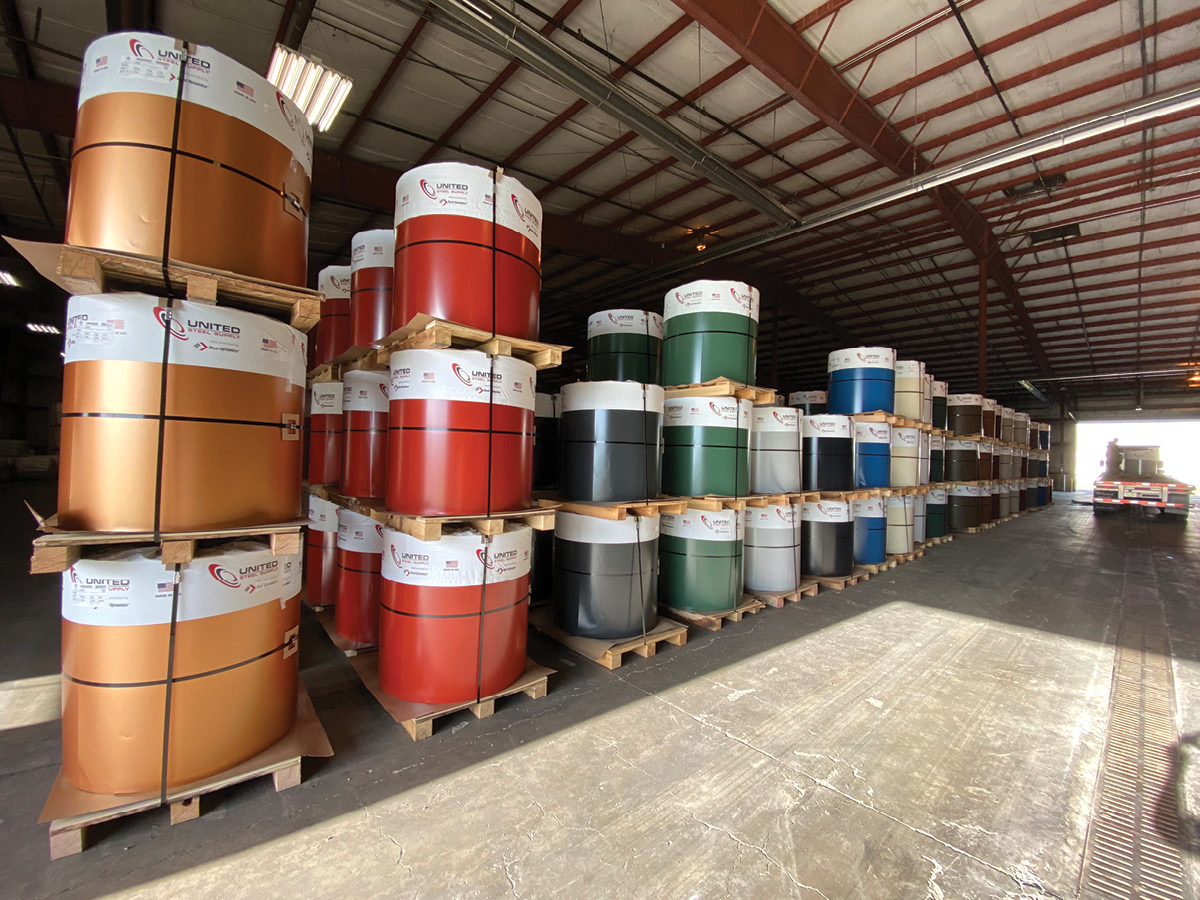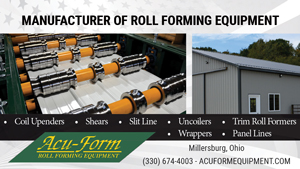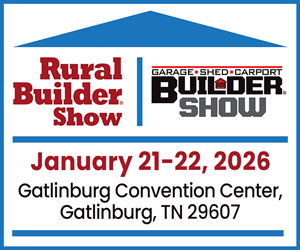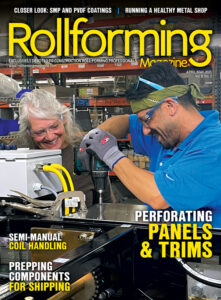If you are a rollformer looking to add screws to your inventory, what kind of screws to stock depends on what markets you serve. “Barn people don’t want to stock a lot of steel screws and metal building people don’t want to stock a lot of wood screws,” noted Peter Graves, engineer for ST Fastening Systems. “If you’re going to stock screws you should probably get a couple of the colors of the panel you plan on selling and the different length screws.”
Here are more specific guidelines for what a rollformer might stock. Where brand name products are cited, comparable brands may be used.
Steel panel to wood substrate:1.5” and 2” metal to wood screws
¾” side lap stitch screws
Steel panel to secondary steel purlins and girts:
1-¼” metal to metal screws
10 boxes of each color and 18-20 of your more popular-selling panel colors for each size
Closure:
R-panel closure – (10 boxes) inside closure and (10) boxes outside closure
Ag Panel closure – (10 boxes) inside closure and (10) boxes outside closure
50 rolls – 10’ long Multivent
Standing Seam Roof:
(5) boxes of clip screws
Structural Jobs:
Heavy gauge drillers for connecting panel to structural members
Additional accessories:
3 boxes each of MF #3, #4 and #7 Master Flash roof boots
Sockets
Tacky tape
Emseal (both sizes)
What Screws To Use
The screw description provided by the manufacturer should dictate their use and ease your purchase decisions, but it pays to have some basic knowledge.
Threads on wood screws are farther apart than on steel drilling screws, that’s necessary for the screws to bite into the wood and not just act like a drill bit.
A steel drill screw will not work well in softwood. The threads are too close and the ratio of major to minor diameter is smaller than that of a wood screw
Common steel panel-to-wood screws have 7-8 threads per inch (tpi); they advance 1” with 7 or 8 turns. For screwing into softwood, the 7-8 tpi is fine; for harder wood, a higher number of threads per inch should be considered to prevent splitting.
The embedment length contributes to the resistance to pullout; the longer the screw, the more threads are engaged in the wood fibers, therefore more resistance to pullout. On thinner plywood or OSB, the screw length only needs to penetrate the back side of the wood. Longer screws protruding out the back don’t give more resistance, only the portion in the wood resists the forces applied.
Threads on steel screws are closer together to prevent them from advancing faster than the threads can cut into the steel. If they advance too fast, they will bind up in the hole and break in torsion. Steel screw threads for panel 16-12 gauge secondary purlin and girt members will have around 14 tpi, while steel drilling screws used for thicker steel ¼” or thicker should have 20-24 tpi to prevent binding (galling) from advancing too fast.
The head of a screw prevents the steel from pulling over the head and through the panel. The larger the head, the more spread out the pressure is, and will result in a higher resistance to pullover. A washer helps a little, but it has to be thick or it will create a cone affect and pull through at less force. Washers are used to seal the head/washer to the panel as the head clamps the panel to the substrate. The substrate is the nut, so stripping out the substrate causes the pullout to drop to almost nothing, and the screw will back out of the substrate as the head moves back and forth when the panel heats up in the day and cools down at night (thermal expansion). RF


